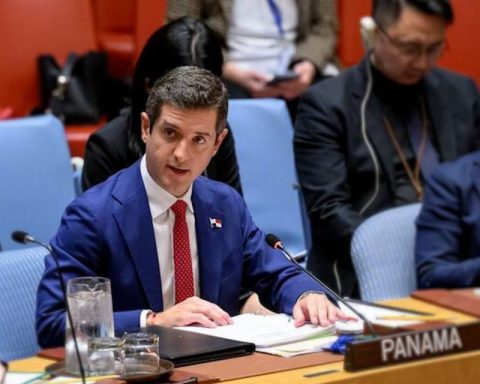On February 15, the Government of Chile established a state of emergency in the northern part of the country (provinces of Arica, Parinacota, Tamarugal and El Loa), to combat the migration crisis in the southern nation and control illegal migration.
The state of emergency imposed by the Government of Chile in the northern border provinces ended this Friday, April 15, but it did not mean the withdrawal of police and military personnel, since it was replaced by decree 265, published during the administration of the president Sebastián Piñera, and that allows the deployment of troops and other troops to control irregular migration flows.
This was reported by the Undersecretary of the Interior, Manuel Monsalve, who stressed that the Government’s commitment is to maintain a secure border, and for this it resorts to a decree that allows it greater influence in the coordination and deployment of security services; reviewed EFE.
“The state of exception ends, but the Government is going to keep Decree 265 in force, which allows it to maintain all police personnel, but also all Armed Forces personnel and all support equipment for border control,” Monsalve stated.
State of Exception in Chile
On February 15, the Chilean government established a Exception status In the northern part of the country (provinces of Arica, Parinacota, Tamarugal and El Loa), the southern nation lives to combat the migratory crisis and control illegal migration.
“The emergency constitutional state of exception was established for 15 days and may be renewed by our Government for an additional 15 days. This state of emergency constitutional exception puts the affected areas under the control of the heads of National Defense, who are four high-ranking officers of the Chilean Army,” said Sebastián Piñera, Chile’s president at the time.
* Read: Vandalized Venezuelan camp in the Chilean city of Iquique
To stop migratory flow
The protests and insecurity, also fueled by xenophobia, led the Government to declare a state of emergency and deploy a greater number of police and military to shield the border, a measure that has not stopped the migratory flow.
The measure was extended twice, the last by the new Chilean president Gabriel Boric, on March 23, approved “by 128 votes in favor, 4 against and 5 abstentions,” according to the newspaper. Third.
The northern regions of Chile have been the scene of the biggest migration crisis in the country’s history for more than a year, with hundreds of people entering irregularly every day across the borders with Bolivia and Peru, mostly from Venezuelan origin, but also Haitians and other nationalities.
Post Views:
10

















